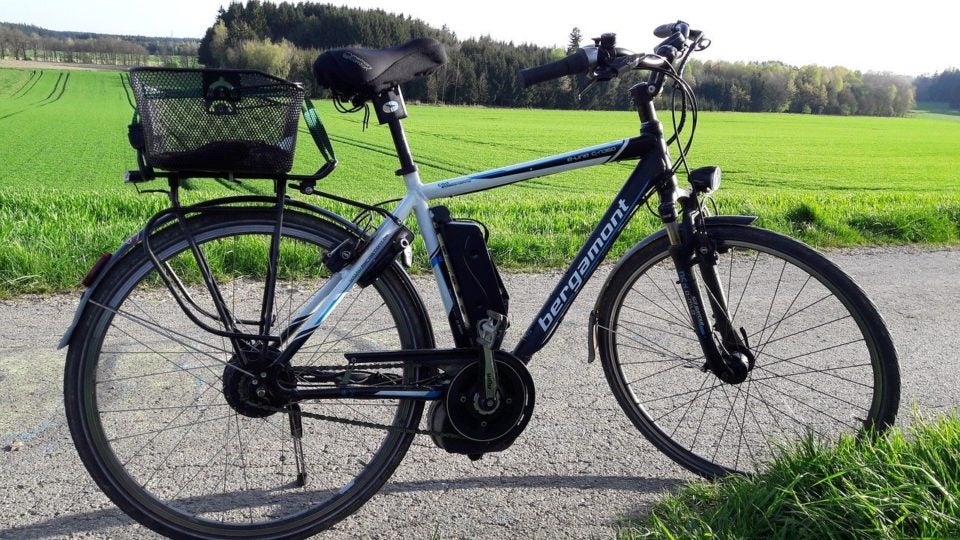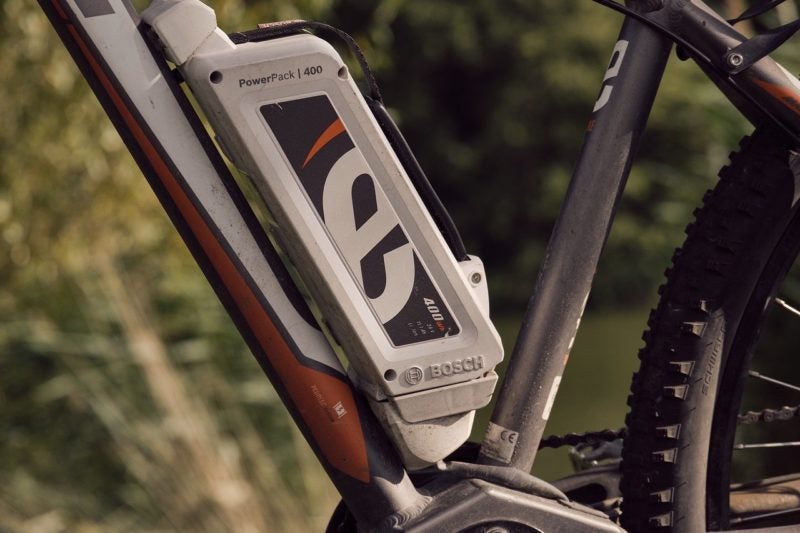
Our Editors independently research, test, and rate what we feel are the best products. We use affiliate links and may receive a small commission on purchases.
Have you noticed how many e-bikes have appeared on our roads in the past few years? There is a good reason for this sea change.
There are many benefits to be derived from riding an electric bicycle. However, it’s not all plain sailing. There are a few storms on the e-bike horizon.
Here is a quick summary of the Pros and Cons of e-bicycles at this moment in time.

PROS
Affordable
Compared with cars, motorcycles, and even mopeds, electric bikes are cheap. They cost much less to buy, they cost less to operate, and they cost less to maintain.
You don’t even have to go out and buy a whole new bicycle. With a simple e-bike conversion kit, you can transform your old traditional bicycle into a new and improved e-bike.
They don’t require you to pass any special test, so you won’t need to pay for lessons or to take a test. You don’t need a registration or license. You won’t have to pay for parking. In so many ways, e-bikes are more affordable than any other means of powered transport.
Environmentally friendly
Compared to cars and motorcycles, e-bikes are very green. If your home boasts a solar power system, the electricity you use to charge your e-bike battery will be derived from renewable energy sources. And e-bikes don’t emit toxic fumes into the street and pollute the air.
Quick
Because they are powered, electric bikes are quicker than cycling. If you’ve always struggled to cycle up that hill, an e-bike will either do the job for you or, in the case of a pedelec, assist you.
At moments where you would need to stop for a rest, the electric motor enables you to carry on. An uninterrupted journey is inevitably quicker.
For shorter urban journeys, e-cycles are quicker than cars and motorcycles, too. This is because they can fit through tighter spaces in built-up traffic and you don’t need to spend ages looking for a parking space upon arrival.
Extended range
Even regular cyclists have a limit, whether that’s 2 miles or 20. With an electric bicycle, you can go further. With a Class 2 or 3 e-bike, you can go as far as the battery will take you. With a Class 1 pedelec, you can cycle much further with your motor’s assistance than you could with your legs alone.
Commuting
One of the problems of cycling to work is arriving hot and sweaty. With an e-bike, you can gain the assistance of your electric motor so that you’re less tired and sweaty and more ready to start the working day.
Electric cycles make commuting by bicycle viable for more people. Many commuters love the idea of contributing to the green movement by leaving their car at home but couldn’t possibly cycle all the way to work. An e-bike makes it possible.
Physical barriers
The reason that many people don’t cycle to work or to get to where they need to go is a physical barrier. This may be a steep hill or a windy stretch of road.
The extra power supplied by your electric cycle’s motor means that you can get up that hill and cross that windy street. There are no more excuses. Almost anybody can scale that hill with an e-bike.
Healthy
If you’re using a pedelec (Class 1 e-bike) that requires some physical input from yourself, you can introduce physical exercise into your everyday commute.
You can also choose to cycle through parks and alongside rivers rather than stay on the road with the gridlocked traffic. This contributes significantly to your mental health.
In many places, you can even choose a route through the park with Class 2 and 3 e-bikes, which don’t require you to peddle. Though Class 2 and 3 e-cycles won’t much improve your physical health, they can still improve your mental wellbeing.
Traveling across parkland, you’ll breathe cleaner air and bathe in the sunlight. Overall, riding an electric bicycle will improve your health.
Safe exercise
Sometimes physical exercise can be bad for you. If you suffer from a health condition such as asthma, lung, or heart problems or you’re simply overweight, an excessive amount of exercise can be dangerous.
Class 1 electric bikes empower people who need to limit the amount of exercise they do. The amount of assistance given by the electric motor can be adjusted so that you are not pushed beyond your safe levels. In this way, you can exercise on an e-bike safely.
Social
Cycling is a great way for the whole family to enjoy an excursion together. You can explore the countryside and enjoy one another’s company.
Family members who would otherwise struggle to keep up with the group don’t have to feel left out anymore. With an electric bike, they can keep up with the kids.
Recently, there has been an explosion in the variety of e-bikes on the market. You can even buy family e-bicycles designed to carry both you and your kids!

CONS
Expenses
While e-bikes are cheaper than cars, they’re not cheaper than bicycles. Not only is there a significant upfront investment when you buy an electric bicycle, but there is the ongoing cost of the electricity you use to charge the e-bike battery.
Electric bikes are more expensive than similar models of traditional bikes. However, once you’ve made this initial investment, the cost of electricity to charge your bike is much lower than a bus fare.
Environmentally unfriendly
Although e-bikes are much more environmentally friendly than cars or motorcycles, it’s arguable that they are less environmentally friendly than bicycles. If you charge them from the power grid, the electricity used may have come from fossil fuels.
However, as energy production becomes greener and greener, this situation will significantly change. Hopefully, soon e-bikes will be just as green as their traditional cousins.
Heavy
Because of the powerful e-bike battery and the electric motor, e-cycles are much heavier than traditional cycles. This isn’t a problem when you’re cycling since the motor helps take the strain. However, when you need to move the bike by hand while parking or if the battery dies, its weight can become a problem.
On the positive side, it is possible to buy folding e-bikes that you can transport around in your vehicle’s trunk. So, although they are heavy, they are easy to transport.
Difficult repairs
The more complex a machine, the more difficult it is to repair and the more expensive are the parts. E-bicycles are more complex than traditional bicycles, so of course, they are more expensive and difficult to repair.
Some of the parts are the same as traditional bikes, but some are complex and specialized. They may be difficult to source and expensive to procure.
It is more likely that you’ll need to bring in an expert mechanic to repair an e-bike than a traditional bike.
Legal issues
From state to state, there has been much confusion over the legal status of e-bikes. Often they’re treated the same as bicycles until they’re not. Once their maximum speed passes a certain point or their wheel gets bigger than a set diameter, the rules change.
Typically, Class 1 pedelecs can be ridden anywhere that cycles can be ridden. Class 2 or 3 e-bikes, however, are often banned from park paths and even sometimes from urban cycle lanes.
Since this situation is changing rapidly and is different in every state, a person who wishes to buy an e-bike should check with their local government’s website to see if the e-bicycle they wish to buy is legal in their state for the places where they wish to cycle.
This video compares e-bikes to traditional bikes
Get on your bike
Don’t let the cons put you off. Electric bikes are a positive move towards a brighter tomorrow.
If every commuter abandoned their car today and rode an e-bike into work, the roads would become a dream to navigate, and the smog would disappear from the air.
As ever more people make the change, the parts will become more common and affordable, and the lawmakers will be forced to come to a sensible and practical consensus.
If you choose to buy an e-bike, you will reap the benefits already enjoyed by millions of e-bicycle riders around the world.
